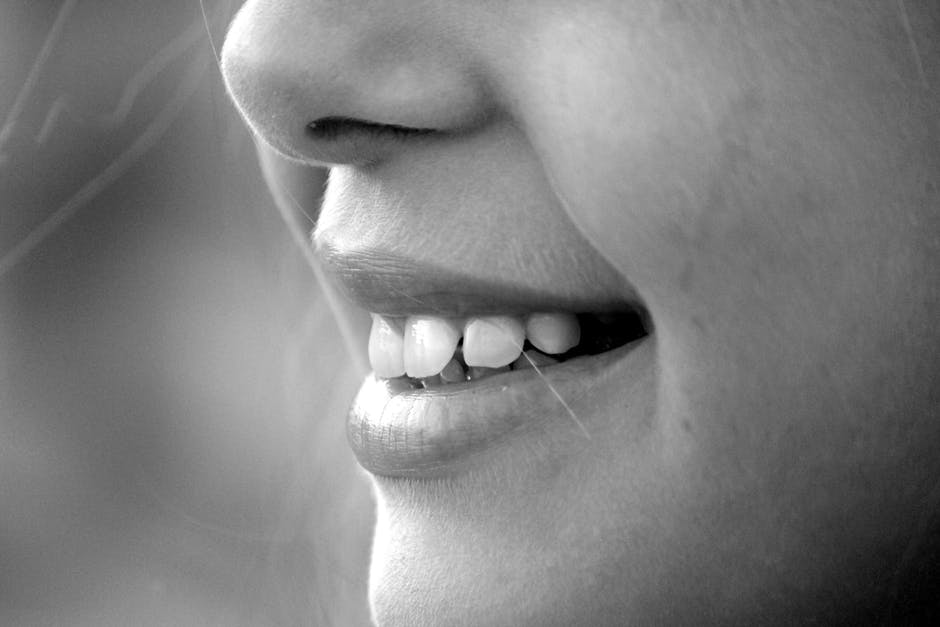People of all ages deal with dental issues and disorders throughout their lifetimes. While normal visits to your dentist can help you identify and treat dental problems, certain issues often go untreated.
Overbites, underbites, and even crossbites are common issues that often go unnoticed. In some instances, however, they can cause big problems.
Many people show signs of these dental disorders at an early age. Nearly 70% of children’s dental disorders are overbites. When not treated during childhood, you may find these issues becoming more severe and harder to live with as an adult.
The question is, how can you fix these problems? You may be wondering, does Invisalign fix overbite? Will they help with underbites and crossbites?
Read on below to learn what Invisalign aligners can do to help with bite issues. Whether you’re a parent hoping to help your child overcome a malocclusion or are experiencing one of your own, learning what options you have is always the first step.
What is an Overbite?
Before we talk about Invisalign, let’s learn what an overbite truly is. This common issue is when a person’s top teeth overlap their bottom ones. Most everyone has a slight overbite of roughly 3-5 mm. If an overbite is measured at more than 5 mm, it is deemed abnormal.
Most children inherit their overbite from their parents. Unfortunately, there are several things that can make this condition worse. Thumb sucking, using a pacifier, and tongue thrusting are a few of the most common.
While an overbite is visually obvious, there are also other symptoms that may be more difficult to deal with. Headaches and jaw pain are often associated with abnormal overbites.
Overbites
The overbite is the most common malocclusion people experience, but it isn’t the only one. Underbites are also fairly common, especially in children.
Opposite of the overbite, this condition is when the bottom teeth protrude farther than the upper teeth. People who suffer from this disorder also have more prominent lower jaws.
While underbites are also passed from the parents this issue can also be made worse during childhood thanks to pacifiers and thumb sucking. Allergies and breathing issues can make this even worse.
Chewing issues are the worst symptom of an underbite. Pain can be experienced when chewing making this a dental disorder that should be taken care of as early as possible. As this issue persists, you may also experience headaches and jaw inflammation.
Crossbites
Like the other disorders we’ve discussed, a crossbite is also hereditary. This condition is a tilting of the teeth, on either side of the mouth. This tilt can be toward either the tongue or the jaw.
This dental disorder is determined by the formation of the teeth and jawbone. While it can be made worse with bad chewing habits non-treatment of a crossbite can result in damage to your jawbone.
What Are Invisalign Braces?
Invisalign aligners have become one of the most popular ways to treat many dental issues. Originally, these aligners came into existence to offer an alternative to the metal braces children and some adults were forced to wear. Like metal braces, Invisalign aligners straighten teeth, but without the overly noticeable additions to a person’s mouth.
Invisalign aligners are made from plastic instead of the metal traditional braces are designed with. This means there is less pain associated with dental repairs these types of braces are used to fix. For many, the pain and look of old-fashioned braces have always been the main reason they leave their dental disorders untreated.
The way this type of treatment works is, if your dentist feels you’re a good fit, you x-rays and 3D impressions made. With these impressions, trays are made for each stage of your procedure. These trays, or aligners, are removable and are to be switched out per your dentist’s orders.
While using the aligners, your teeth will move in slight increments. Your trays will fit according to which stage of treatment you’re in. Pressure is placed while wearing these aligners to ensure your teeth straighten or align to your desired effect.
Does Invisalign Fix Overbite and Other Disorders?
Yes, using Invisalign is one of the many treatments for most bite disorders. The aligners used for straightening your teeth can easily be adjusted to help reposition them. By consulting your dentist or orthodontist you can determine just how your treatments should go.
While Invisalign can be used to treat bite disorders, the length of time you are required to wear them may differ. This will be determined by how severe your disorder may be. In most instances, you’ll be expected to wear your aligners for at least 6 to 20 months.
How Expensive is Invisalign?
If you’re considering treatment for a dental disorder knowing how much Invisalign costs is important. This will give you time to save money or work out payment options with your dentist.
The cost of Invisalign aligners is similar to that of traditional braces. Luckily, certain insurance companies are willing to step in and cover partial costs. Your dentist’s office will get in touch with your provider and find out what costs you’ll be left with.
Once this is determined, you and your dentist can plan your care from there. Many dentists who recommend Invisalign aligners and traditional braces also help children and adults in need schedule payments to ensure they get the treatments necessary for better dental health.
Finding the Best Options for You
Now that you know the answer to the question, does Invisalign fix overbite, you can now find the right orthodontist to help you on your way. With the right team at your side, your bite problems will become a thing of the past.
Here at Bennion Lambourne Orthodontics, we strive to help you find better dental health. If you’re interested in Invisalign braces we can help. Feel free to contact us and learn more about this treatment and our locations near you.
